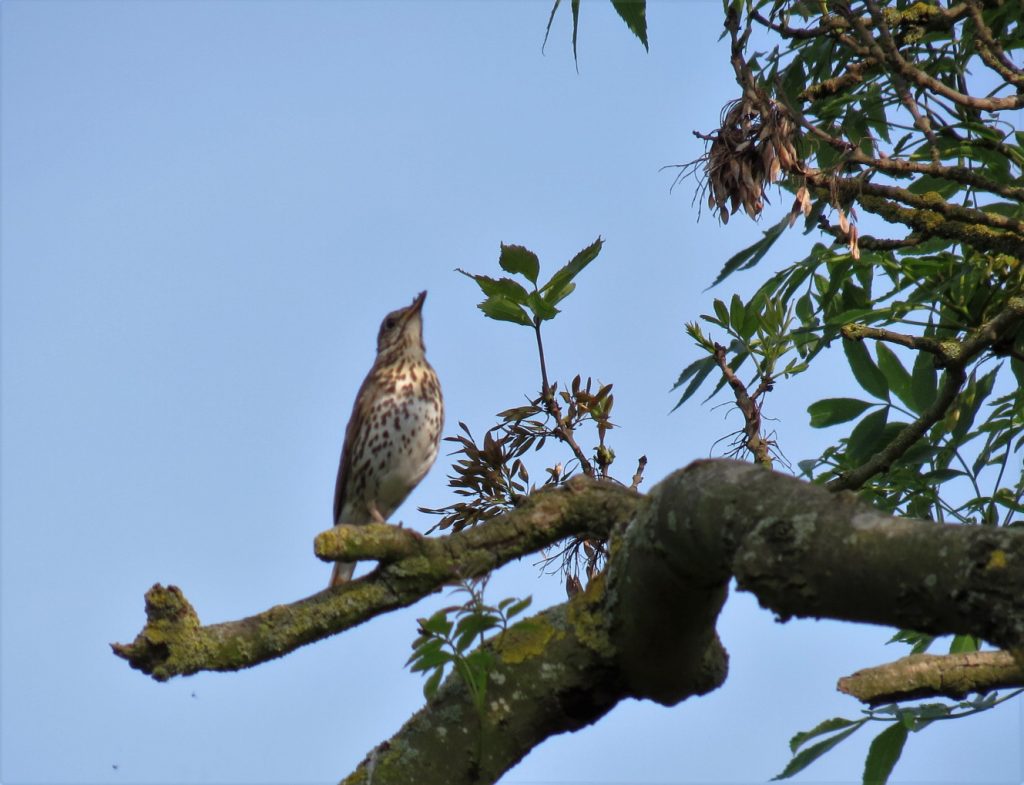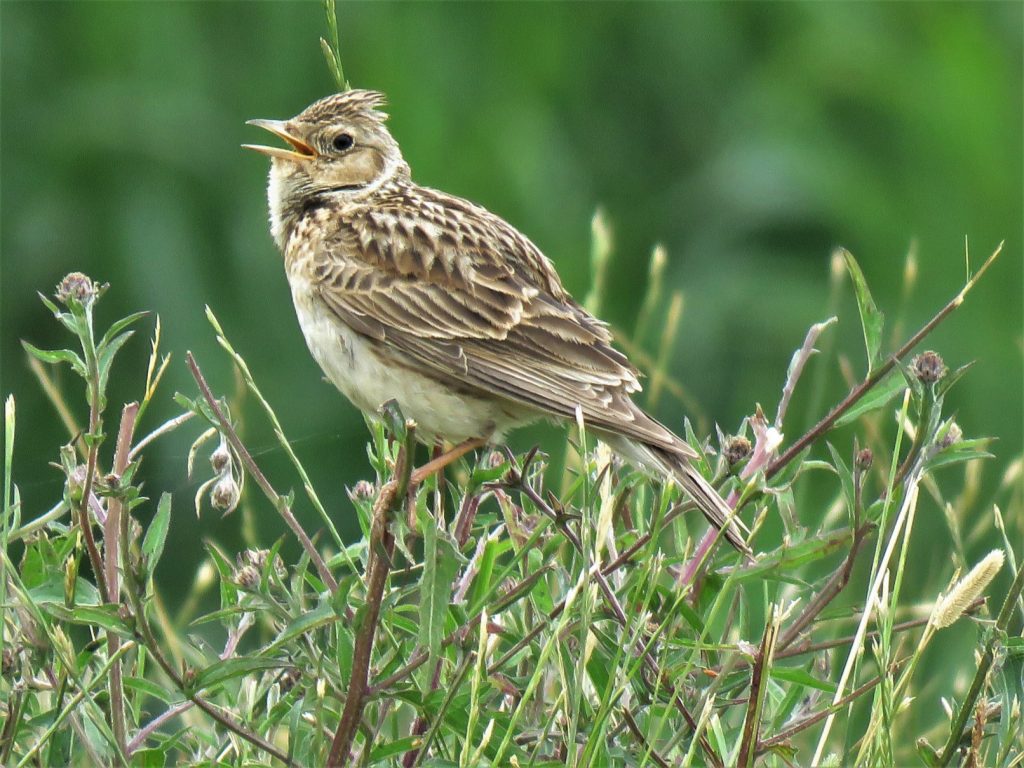Nature Note – January 2021
Early Signs of Spring
In last month’s “Note” I encouraged you to listen out for Tawny Owls. I hope that some of you were successful. For me, Tawny Owls (at least two) were my first present on Christmas Day, calling at a relatively socially acceptable, 6 a.m. Three nights later a bird was calling outside my bedroom window at 3 a.m. Both of these contacts were on cold, clear nights.

The last few days of December have reminded me how, even in the depths of winter there are initial stirrings of spring. I have heard bursts of song from Song Thrushes and Great Tits which unlike Robins and Dunnocks, are not regular winter songsters. Great Spotted Woodpeckers have “drummed” occasionally and a Green Woodpecker was “yaffling”strongly two weeks ago. A Collared Dove carrying twigs into a conifer on December 30 was apparently nest-building; perhaps not too great a surprise as “pigeons” can breed in any month of the year. Spring bulbs are making their presence known in our gardens and there are catkins on some of the local hazel trees.

Now that we are in Tier 5 we need to find some pleasure in places still accessible to us. In your garden or whilst taking your daily exercise, what can you see or hear to brighten your day and remind you that it will not be long to spring.
See Also
Nature Note November 2020 -Finches
Birdsong is an obvious start-point. As the days lengthen, more of our common bird species tune-up, ready for the new season. Most resident species are singing fairly regularly by mid-February and it is a good time to sort out Blackbird, Song Thrush and Mistle Thrush songs and possibly to add Chaffinch and Skylark to your repertoire of identifiable bird songs. You might also see other birds collecting nest building materials; Rooks in particular will be in their rookeries repairing last year’s nests. Drakes, including your local Mallards, will be actively displaying to attract one of the resident ducks.
A sudden mild spell in January can lead to surprise sightings. There is a chance of seeing a bat flying in the daytime and some of our hibernating butterflies such as Brimstone or Small Tortoiseshell will enjoy a brief flight in warm winter sunshine before retreating to their warmer wintering place in a shed, outhouse or hollow tree.
If you are a gardener you will be watching the progress of your Snowdrops, Hellebores and Daffodils. Don’t overlook your wildflowers (you may call them weeds). Aconites and Coltsfoot are two early flowering species that you might find in your garden or whilst you are out walking. Look out for catkins and for buds swelling on twigs and branches, in readiness for bursting into leaf as we move from winter into spring.
In summary, some people find the winter months depressing. If you look carefully, January reveals many pointers to the coming spring and this should lift your spirits.
David Scott




 Kibworth Velo Club update
Kibworth Velo Club update

